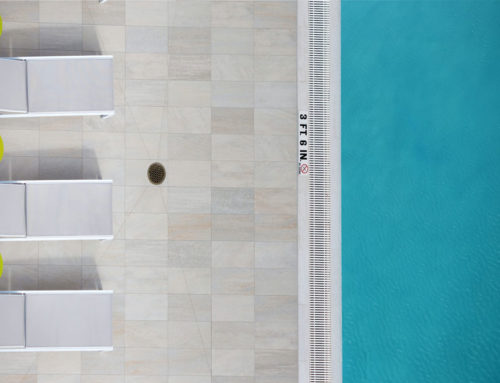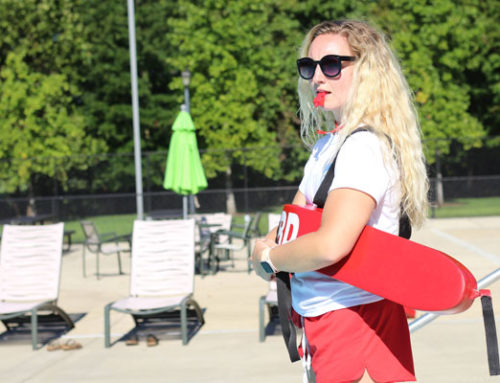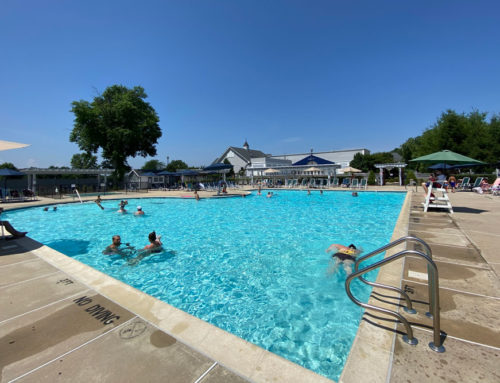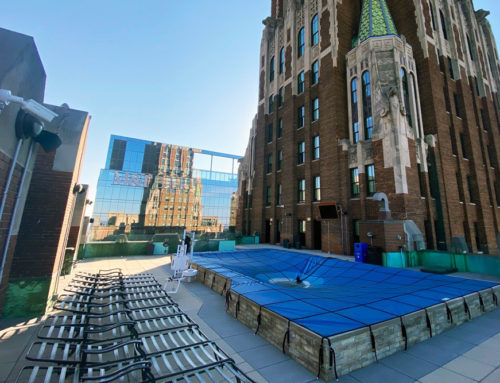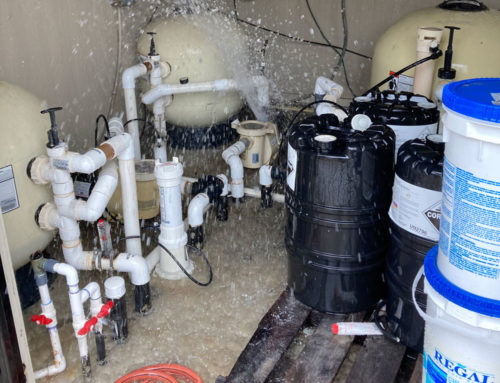Running an indoor pool may provide plenty of business during the winter season, but it also brings a number of concerns for commercial pool management services. Indoor facilities require proper ventilation and dehumidification to ensure swimmer safety and structural integrity.
Heating the site
Every indoor pool requires heating to keep swimmers comfortable. There are a number of different heaters that a site can use, depending on pool size and usage. Some units are more cost-effective than others. If in doubt as to whether your current heating device is optimal, reach out to pool maintenance services to discuss the best option for your facility.
Dealing with the heat
It’s important to maintain a comfortable temperature, around 82.5 to 86 degrees, for swimmers that won’t cause structural problems for your facility when managing an indoor site. However, the warm air also promotes evaporation, which becomes trapped in the enclosed space. The potential problems that can occur from improper ventilation include swimmer discomfort, metal corrosion, wood rot, mold growth and more.
Ventilation circulates the air, which helps prevent the humidity from accumulating to dangerous levels for swimmers and the facility. Additionally, a dehumidifier may be required to further decrease the moisture in the air. Indoor sites should maintain a 40 to 60 percent humidity level.
The Smart Energy Design Assistance Center pointed out that high water temperatures and colder air can increase the level of evaporation in the facility. Therefore, the air temperature should be roughly 2 degrees higher than that of the water. The group also stated that this can be helped by using a pool cover when the site is not in use. This will not only help lower evaporation levels, it will also help keep the water warm. Evaporation makes up 50 percent of energy and heat loss, making it an important effect to combat.
Maintaining an indoor pool requires a delicate balance of heating, ventilating and dehumidifying that varies depending on usage and number of swimmers. SEDAC noted that there are dehumidification systems that can cycle the unit’s heat back into the pool, thereby providing a more sustainable cycle. However, they also stated that these devices are complex and should be analyzed by professional pool maintenance services.
In order to provide a safe indoor pool and comply with regulations, it’s essential to maintain the proper humidity levels. There are ways to save money on this multi-faceted system, but techniques should first be analyzed and discussed with professionals.

